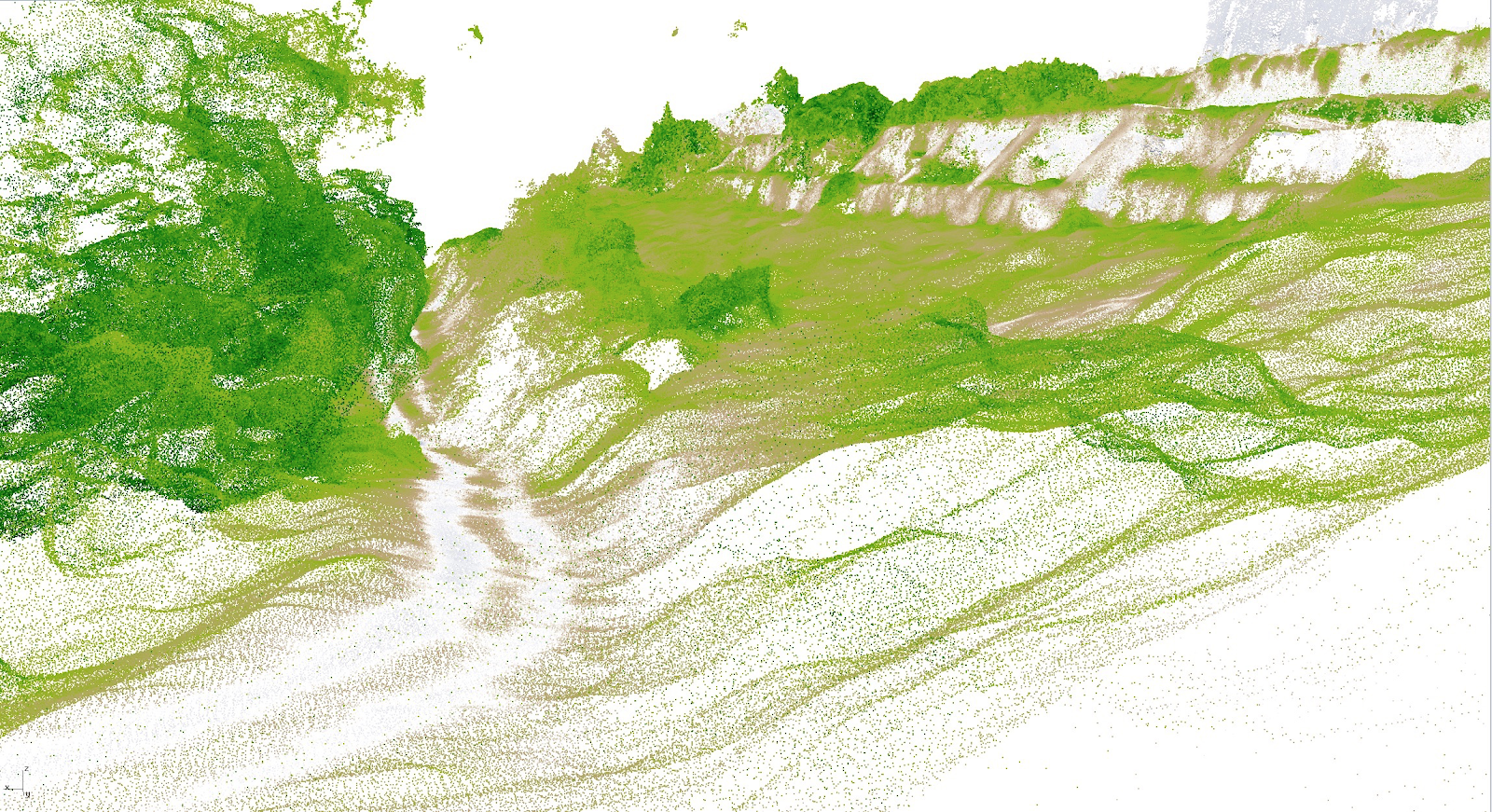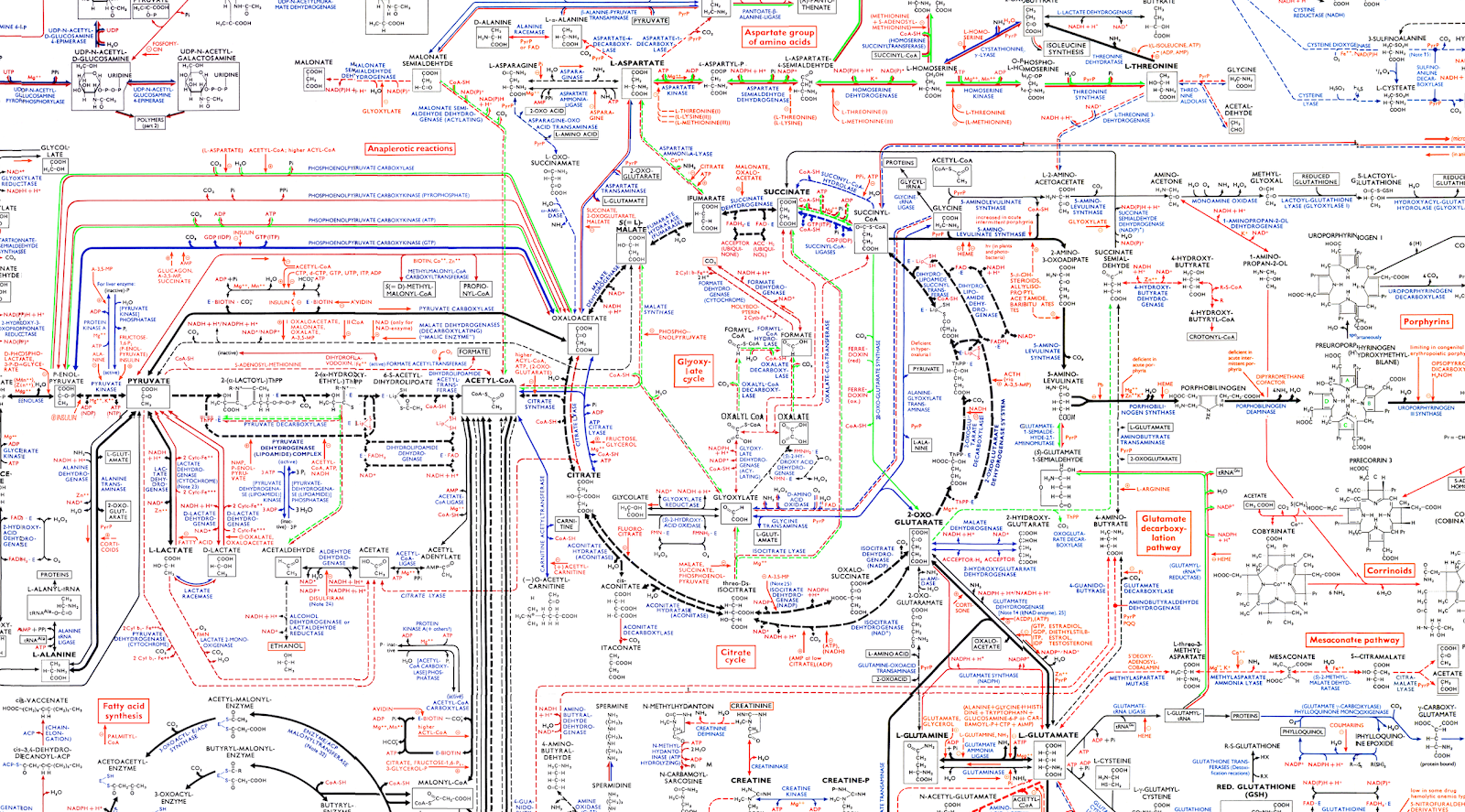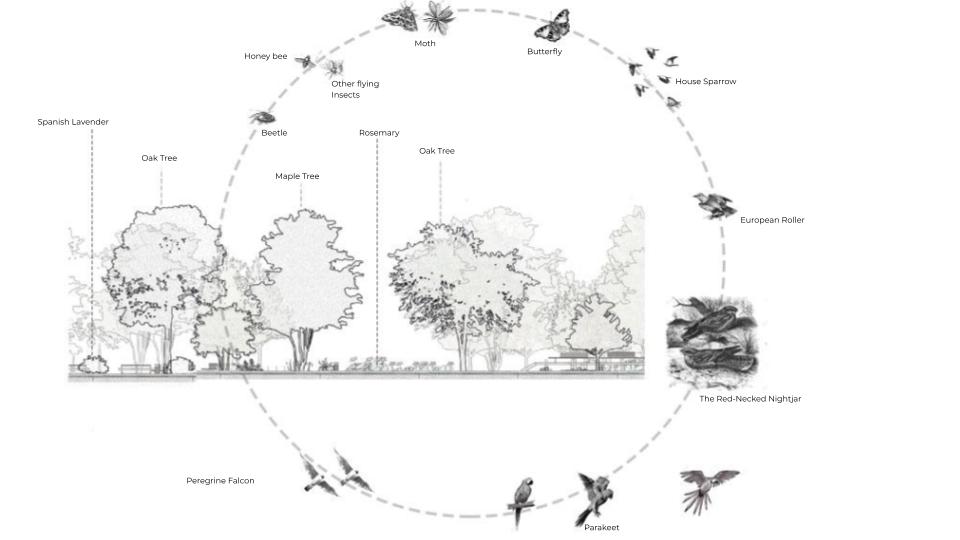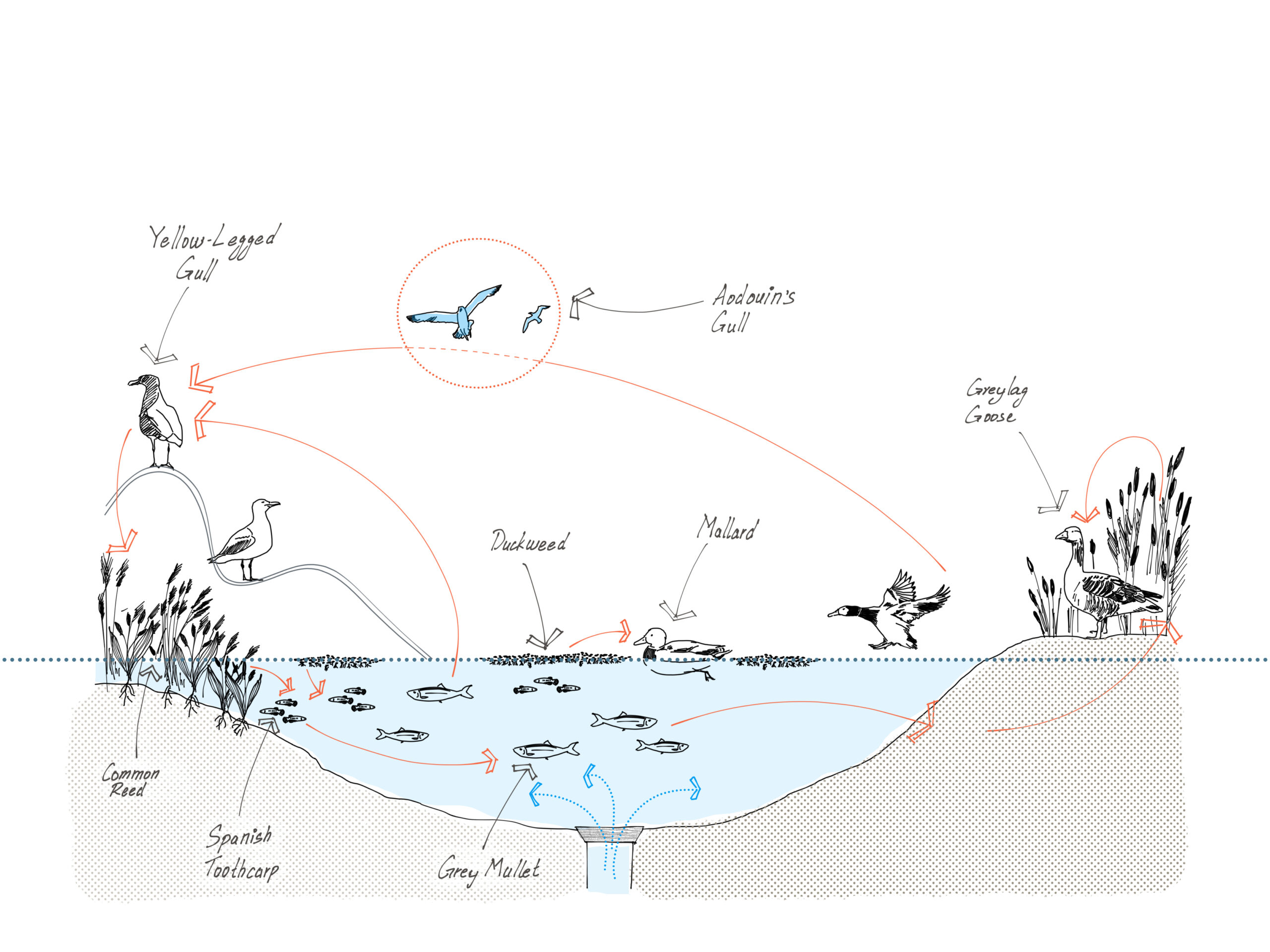The ecological interactions seminar explores state of the art monitoring techniques being developed in the fields of biology, ecology and agricultural sciences and repurposes them to form new systems of observation that can be applied to design practices and the built environment. Advances in data science and the growing access to DNA barcoding, and remote sensing devices are allowing scientists to detect signals from the natural world that were previously unreadable, and are revealing animal behaviours and communication channels and senses that were unknown. The seminar explores what can be learned by intercepting these signals and what might be learned from the senses of other organisms to inform our design decisions, reduce environmental impacts and deploy nature based solutions.
Syllabus

Credits: Valldaura NDVI Scan. Jonathan Minchin, Noumena, ROMI
The ecological interactions seminar explores state of the art monitoring techniques being developed in the fields of biology, ecology and agricultural sciences and repurposes them to form new systems of observation that can be applied to design practices and the built environment. Advances in data science and the growing access to DNA barcoding, and remote sensing devices are allowing scientists to detect signals from the natural world that were previously unreadable, and are revealing animal behaviours and communication channels and senses that were unknown. The seminar explores what can be learned by intercepting these signals and what might be learned from the senses of other organisms to inform our design decisions, reduce environmental impacts and deploy nature based solutions.
As designers, architects and makers we search for strategies to ‘work with nature’, we may turn to nature based solutions, implement bioremediation strategies or choose to design for other species. The seminar asks how can we be cognisant of change in dynamic systems, what tools can we use to read subtle traits or behaviours of other organisms at macro and micro scales, and what methods can we use to become responsive to these signals? The seminar will combine both practical and theoretical experiences, encompass the cultivation of microbiomes and will use global satellite surveillance systems to identify meaningful indicators from the habitats we explore. The course will challenge perceptions of nature, draw on philosophy of past traditions and introduce concepts of the ecological optima and shifting baselines. Whilst building tacit and experiential knowledge through field work.
Participants of the seminar will propose and diagramatise systems of observation and responsive design that inform land use changes. The systems they develop will make use of tools of observation to improve regional resilience for site specific contexts.

Credits: Boehringer poster representing the whole metabolic network. Researchgate: https://tinyurl.com/349aezba
Learning Objectives
At course completion the student will:
- Acquire an understanding of various historical and changing land use paradigms, as well as their underlying philosophies and theories relating to human settlements.
- Gain an experiential and tacit understanding of biology research activities by taking samples and isolating microbial communities.
- Identify Indicator and model species as ways to read environmental health, finding the potential problems that ecosystems face through plant traits and species behaviours.
- Build an understanding of ecological linkages Monitor, map and record, both through direct observation and the use of digital surveillance and monitoring.
- Make hypotheses for design interventions and propose new and restorative metabolic pathways focusing on particular habitats.
Faculty
Projects from this course
Microbial Influence on Building Decay
Our project investigates how bacteria living in historical buildings contribute to decay. We aim to enhance resilience of architectural elements and harness microbial interactions to create sustainable and self-repairing building materials.
Data Informed Trophic Cascade : a wetland recreation at Parc Diagonal Mar
Keywords : TROPHIC CASCADE – A trophic cascade occurs when a change at one level of the food web (often due to the addition or removal of a keystone species) causes a series of indirect effects on lower trophic levels. This can lead to significant and widespread changes in ecosystem structure and nutrient cycling. KEYSTONE … Read more
Vallvidrera Reservoire
Context Frogs as An Indicative Species: The Pelophylax Perezi frogs, native to the reservoir are an indicator of the ecosystem’s biodiversity, and require a permanent body of water to thrive. These amphibians traverse through ecotones and patches, evidently providing us an indication of a diverse ecosystem. Why Frogs? Analysis Methodology Could we use the behaviours … Read more






